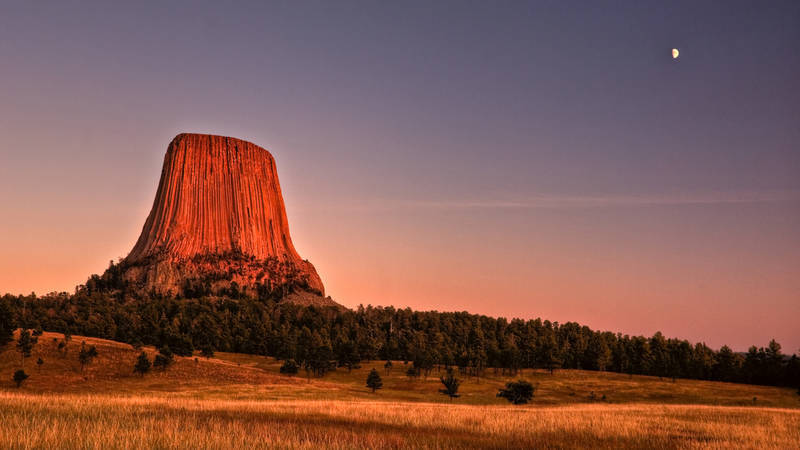New research from NPCA and Wildlands Network identifies wildlife hotspots in and around Great Smoky Mountains National Park -- and how to protect them.
Danielle Fisher, Wildlands Network, 202-280-8318, danielle@wildlandsnetwork.org
ASHEVILLE, N.C.— A new report released Wednesday by Wildlands Network and the National Parks Conservation Association identified key hotspots for wildlife movement—and strategies to protect them from traffic—along a major highway in western North Carolina and East Tennessee. The study is one of the largest road ecology research projects ever completed in the eastern United States.
The 28-mile research area traces Interstate 40 through the narrow, winding Pigeon River Gorge near Great Smoky Mountains National Park, where wildlife-vehicle collisions are a common and increasingly severe occurrence. The report’s findings could help make this highway safer for drivers and wildlife alike.
“When this highway was first built decades ago, wildlife wasn’t being considered,” said Dr. Liz Hillard, Senior Wildlife Biologist for the Appalachian Region at Wildlands Network, and lead author of the report. “We now know how detrimental roads are to wildlife, and have a tremendous opportunity to use our research to influence positive conservation outcomes on the ground by connecting wildlife habitat.”
The Pigeon River Gorge’s Double Tunnel, where Interstate 40 passes fully under the mountains, provides some of the best existing connectivity for wildlife within the study area and beyond.
The study identifies priority areas along I-40 where mitigation strategies such as road crossing structures could be best implemented to reduce wildlife-vehicle collisions and increase wildlife habitat connectivity. In order to do so, the research team amassed data on patterns and processes of elk, bear and white-tailed deer’s interactions with the road using a variety of methods including:
- Analyzing roadkill data
- Monitoring wildlife activity with motion-activated trail cameras along the roadside and in existing culverts, tunnels and bridges
- Tracking elk using GPS-collars
“Wildlife-vehicle collisions are not inevitable. Roads and cars can coexist with the beautiful wildlife that wander in and around Great Smoky Mountains National Park for food, mates, and more. Our research findings reveal where and how the North Carolina and Tennessee Departments of Transportation can act to both improve public safety and wildlife’s ability to safely cross this highway,” said Jeff Hunter, Senior Program Manager for The National Parks Conservation Association. “We know that experts at these two transportation agencies are deeply committed to working to solve this problem. Together, we know we can.”
The Pigeon River Gorge is ecologically significant, not only because of the diversity of wildlife that live there, but also due to its strategic location in the Southern Appalachian mountains, a key corridor for species movement, particularly as habitats shift due to human development and climate change. In addition to large mammals like black bears, deer and elk, the area’s vast array of species includes many smaller animals like bobcats, red foxes, Northern river otters, timber rattlesnakes and Eastern box turtles.
Wildlife crossings are a proven solution to reducing wildlife-vehicle collisions (in some cases by more than 90%) and promoting connectivity amongst wildlife habitats. The report’s findings will provide the North Carolina and Tennessee Departments of Transportation with the data they need in order to incorporate wildlife mitigation strategies into future transportation plans.
###
About Wildlands Network: Since 1991, Wildlands Network has been committed to reconnecting, restoring and rewilding North America so that life—in all its diversity—can thrive. Our work is grounded in science, driven by fieldwork and furthered through strategic policy and partnerships.
About the National Parks Conservation Association: Since 1919, the nonpartisan National Parks Conservation Association has been the leading voice in safeguarding our national parks. NPCA and its nearly 1.6 million members and supporters work together to protect and preserve our nation’s most iconic and inspirational places for future generations. For more information, visit www.npca.org.
For Media Inquiries
-
General
-
- NPCA Region:
- Southeast
-
Issues


